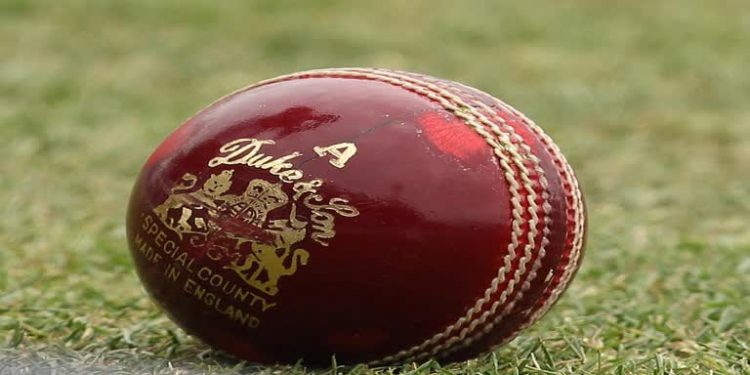A number of players, notably India captain Shubman Gill, have voiced reservations over the Dukes ball’s quality in the current Test series between England and India. The maker of Dukes, British Cricket Balls Ltd., has declared a thorough investigation into the matter in response to several complaints and ball changes during games.
The Dukes ball, which is used traditionally in England, is renowned for its hardness and capacity to produce movement over extended periods of time.
Even before the 80-over mark, when a new ball is permitted, both England and India have had to replace the ball multiple times during the current five-match Test series because it has become soft or lost its shape. Following the second Test match at Edgbaston, India captain Gill spoke candidly about the ball’s quality.
“The bowlers find it really challenging. Perhaps the ball is out of shape extremely quickly, more so than the wicket, in my opinion. It softens rapidly. Whether it’s wickets or something else entirely, I have no idea. It’s challenging for the bowlers. “When there is nothing there, it is very difficult to get a wicket in such conditions,” Gill had stated following the game.
British Cricket Balls Ltd.’s owner, Dilip Jajodia, responded to the criticism by telling BBC Sport that his business would thoroughly examine the production procedure.
“After removing it and inspecting it, we will begin speaking with the tanner about all of the raw materials—everything. After reviewing whatever we accomplish, we will make any necessary adjustments or tie up any loose ends,” Jajodia stated.
The ECB takes part in problem-solving
He acknowledged that the Dukes ball’s handmade production methods and natural raw ingredients occasionally lead to quality problems. The problem has been caused by a number of factors, including differences in cattle hides, modifications in leather tanning chemicals following COVID, and a shortage of experienced tanners. Jajodia stated that rather than total restructuring, modifications are required.
“I have spent my entire life essentially creating these balls, and I choose the balls for every game myself. When you look at them, they truly do appear like works of art when they are brand-new. They’re amazing. The issue with the product, he continued, is that you don’t know what it will do when it’s really taking hammer.
The problem-solving process also involves the England and Wales Cricket Board (ECB). Used balls from the first three Test matches will be gathered and sent back to Dukes for examination. After England’s first innings at Lord’s saw five ball changes, including one after just 10.2 overs, discussions regarding the ball’s efficacy have intensified.







